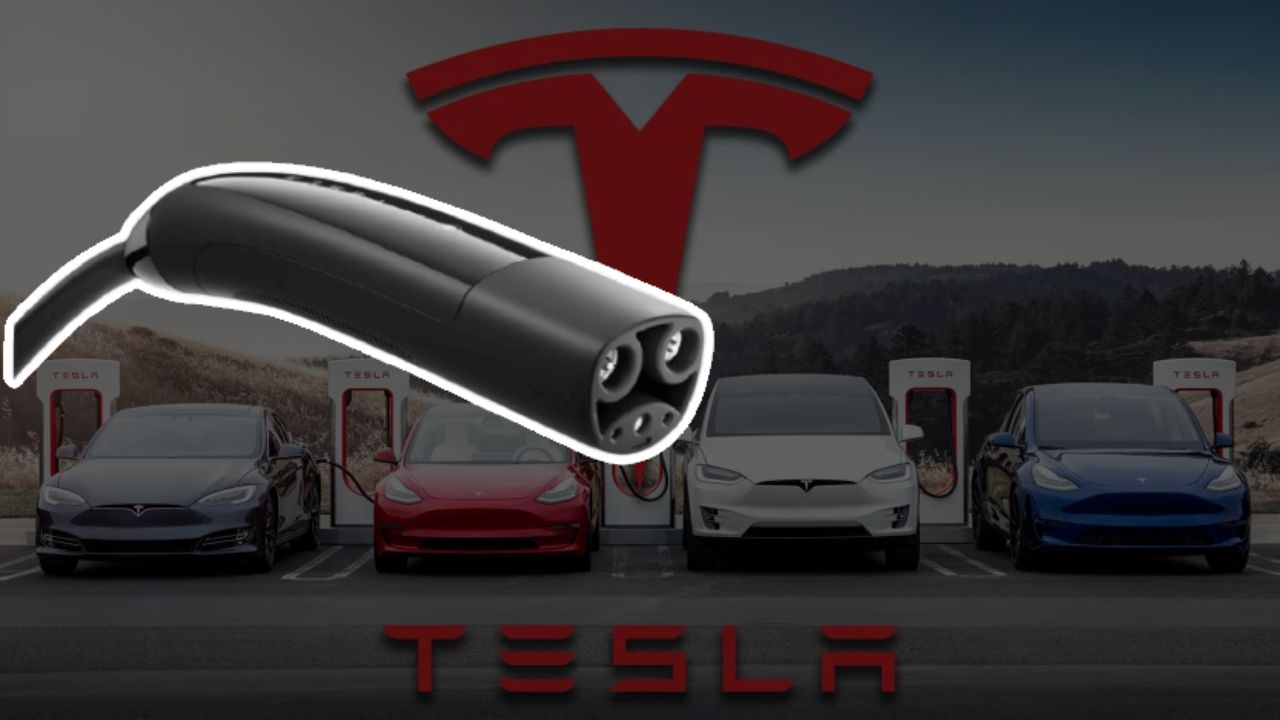Tesla CEO Elon Musk recently shared his thoughts on an incident involving a driverless Cruise robotaxi in San Francisco. The incident occurred when the driverless car became stuck in the middle of the road, causing traffic disruptions.
A user named Benjamin Lim, who is part of Cruise’s beta program, posted a video of the mishap on Twitter. The video showed the Cruise robotaxi stopped in front of a person holding a stop sign. It was evident from the video that the robotaxi was already stationary at the time.
As a result of the incident, the robotaxi blocked traffic, forcing other vehicles to navigate around it. The video highlighted the challenges faced by the driverless car in handling unexpected situations. It appeared that the robotaxi did not have a safety driver on board who could have easily resolved the issue by maneuvering the car away from the intersection.
The incident caught the attention of electric vehicle (EV) enthusiasts, including a supporter of Tesla. This supporter noted that achieving fully autonomous driving on a wide scale is much more difficult than the limited solutions adopted by companies like Cruise. Cruise and many other driverless robotaxi companies rely on a set of sensors, such as LiDAR, to navigate within a predefined area. In contrast, Tesla is developing a comprehensive driverless suite that aims to work on any road under any conditions.
Elon Musk responded to the Tesla supporter’s tweet, acknowledging that fragile self-driving solutions are not capable of scaling effectively. He expressed his agreement with the comment, stating on Twitter, “Yeah, extremely brittle to local conditions & doesn’t scale.”
Musk’s comments can be seen as a reflection of his experience in the autonomous driving industry. Tesla has been actively pursuing autonomous driving technology for years, and even loyal Tesla supporters have grown skeptical of the projected timelines for the release of full self-driving capabilities.
Interestingly, this is not the first time a Cruise robotaxi has caused inconvenience in San Francisco. In April of the same year, Cruise recalled its fleet following a collision between a robotaxi and a bus. There have also been instances of Cruise robotaxis driving through caution tape during a storm. Additionally, last year, a Cruise robotaxi was involved in a collision with a Toyota Prius, although the primary cause of the incident seemed to be the driver of the hybrid car.
As the development of autonomous driving technology continues, incidents like these highlight the challenges faced by companies in achieving safe and scalable self-driving capabilities. The incident involving the Cruise robotaxi serves as a reminder that there is still work to be done in refining and improving autonomous systems to handle a wide range of real-world scenarios.
Elon Musk’s comments emphasize the need for robust and adaptable self-driving solutions that can navigate various local conditions and scale effectively. Tesla’s ongoing efforts in developing a comprehensive driverless suite demonstrate their commitment to addressing these challenges and pushing the boundaries of autonomous driving technology.
In conclusion, the incident involving the Cruise robotaxi in San Francisco has sparked discussions about the limitations of current self-driving technology. While the incident highlights the difficulties faced by companies in achieving fully autonomous driving, it also underlines the determination of industry leaders like Elon Musk and Tesla to overcome these challenges and deliver safe and scalable self-driving capabilities in the future.

